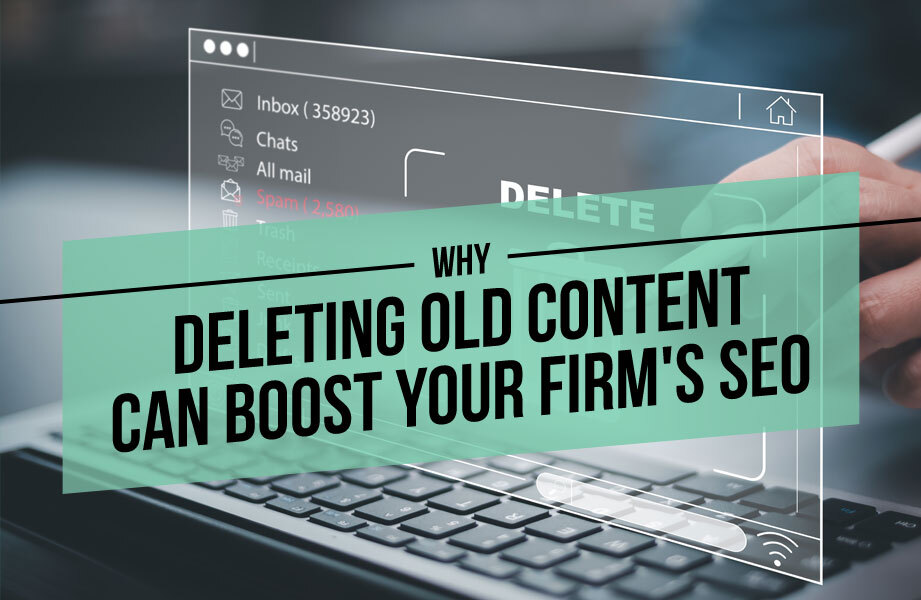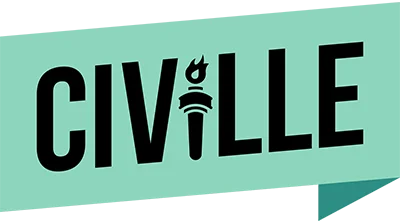
For years, law firms have been given the same advice about their websites: “just add more content.” It’s become a mantra in the world of SEO. Blog posts, articles, and new pages, the assumption has always been that more is better.
That advice is now dangerously outdated.
The idea of deleting content you’ve worked hard on, or paid good money for, can feel deeply wrong. It feels like throwing away an asset. But the hard truth is that a strategic purge of your old, underperforming content is one of the most powerful things you can do to improve your law firm’s search rankings. This isn’t just about tidying up your blog. It’s about a fundamental shift in how Google sees your website and, by extension, your law firm’s authority.
Your Website Is a House, Not a Storage Unit
Here’s a simple way to frame the issue. Think of your website as your firm’s house. Your homepage is the clean, welcoming living room. Your main practice area pages are the well-appointed master bedrooms where you showcase your most important services. But what about the rest of the house? What about the cluttered attic and the damp, messy basement?
Your website has an abandoned storage unit, and that is where your old content lives. Those forgotten blog posts from years ago are just junk piling up. You might think to yourself, “It is not hurting anyone sitting there,” but that is where you would be mistaken.
When Google comes to visit, it doesn’t just look at your living room. It’s a home inspector with a clipboard, and it inspects the entire property. When it finds a house that’s 20% beautiful rooms and 80% cluttered storage, it lowers its overall valuation. That’s what’s happening to your website.
How That “Harmless” Old Content Is Actively Hurting You
Those outdated or low-value pages aren’t just sitting there gathering digital dust. They are actively harming your ability to attract the clients you want. Here’s how:
It Wastes Google’s Time
Google doesn’t have unlimited time to spend on your site. It allocates a “crawl budget” to every website, which is the amount of time its bots will spend indexing your pages. Think of it like that home inspector on a tight schedule. If they spend most of their allotted time wading through junk in your basement and attic, they might not have enough time to properly inspect and appreciate the renovated kitchen. You need Google focusing its attention on your five-star pages, not your forgotten ones.
It Drags Down Your Average
This is a critical concept. Google judges your site’s overall quality. A few dusty, forgotten pages can bring down the average for your entire domain. This is not just a theory. It’s a core part of how modern search works.
You have a simple choice. You can have a website with 50 excellent articles that Google sees as a high-quality, authoritative source. Or, you can have a website with those same 50 articles and 200 other mediocre posts that make your entire site look weak. Those bad pages are hurting your good ones. Removing them is the only way to present your strongest profile.
It Makes Your Firm Look Out of Touch
This is a big one for lawyers, where credibility is everything. What happens when a potential client, scared and looking for help, lands on a blog post you wrote in 2018 that references a law that has since changed? They don’t just think the post is outdated. They think your firm is outdated. It’s a direct and immediate hit to your credibility. That single piece of old content can instantly sour a potential client’s perception of your entire practice before they’ve even had a chance to speak with you.
Read More: What Makes a Successful Legal Blog
The Content Audit
So, how do we fix this? You don’t just start deleting pages at random. This process, called a content audit or content pruning, must be a methodical triage. It’s a careful, data-driven process, not a demolition.
Step One: Gather Your Inventory
First, you need to know exactly what’s in your house. You need to take a complete inventory of every informational page and blog post on your website. Create a simple spreadsheet and list every single URL. Then, for each one, you need to find two crucial pieces of data:
- Traffic: How many people coming from search engines have visited this page in the last 12-18 months? You can find this in Google Analytics.
- Backlinks: Are any other websites linking to this page? Google Search Console is a good place to start looking for this information. If you have access to tools like SEMrush, that will be even easier.
This data gives you an objective look at whether a page is actually doing any work for your firm.
Step Two: The Four-Box Method
With your inventory in hand, it’s time to make some decisions. For every single page on your list, you will place it into one of four boxes.
Box 1: Keep It. These are your crown jewels. Pages with consistent, valuable traffic, important backlinks, or strong keyword rankings that bring in clients. These are the beautifully renovated rooms in your house. Don’t touch them.
Box 2: Improve It. These are your fixer-uppers. These pages have good bones. Maybe they rank for a decent keyword but are on the second page of Google, or they get a small but steady trickle of traffic. They have potential. These pages are worth investing in. Your job is to “renovate” them by updating them with new information, adding more depth, and improving their clarity.
Box 3: Combine It. This is where you find clutter. You might notice you have three or four different short articles all about the same narrow topic. Separately, they are weak, but together, they could be powerful. The strategy here is to combine them into one definitive, powerhouse guide. It’s like turning three small, messy closets into one large, organized walk-in closet. After you create the new comprehensive page, you must then redirect the URLs of the old, removed pages to your new one.
Box 4: Cut It. This is the tough part, but it’s the most important. These pages are the junk in the attic. They have little to no traffic, no valuable backlinks, and are not providing any real value to your firm or your potential clients. They have to go.
Step Three: Taking Action
Once everything is categorized, you can act. For pages you’ve decided to cut, the process is simple but crucial. You delete the page from your website. Then, you set up a 301 redirect. This is a permanent forwarding instruction that tells search engines and users, “The page that used to live here is gone, please go to this other, more relevant page instead.” You can redirect the old URL to the most closely related existing article, or if there’s no good match, to your main blog page or a relevant practice area page. This ensures any tiny bit of “link equity” is preserved, and users don’t hit a dead “404 Not Found” page.
A Lawyer’s Guide to Niche Keyword Research
The Result is a Leaner More Powerful Online Presence
This process is not easy, but the payoff is real. When you clear out the clutter, Google can focus on your best content. Your site’s quality score improves. Your most important pages, the ones that actually get you clients, start ranking higher. And maybe most importantly, any potential client who finds you sees only high-quality, trustworthy information. That is what gets them to pick up the phone.

Let Civille Help You Renovate Your Content Strategy
A deep content audit is not just a task you check off a list. It is a high-level SEO strategy. It requires a serious data analysis and a clear understanding of what Google and your clients are looking for. It is understandable to feel like it is risky if you are not sure which pages are valuable and which are just dead weight.
This is our expertise at Civille. We do not just create new content. We analyze your entire digital presence as a strategic asset. We know how to figure out what to keep, what to improve, and what to clear out to make your website stronger. If you are ready for a content strategy that works, it is time to talk to Civille.





